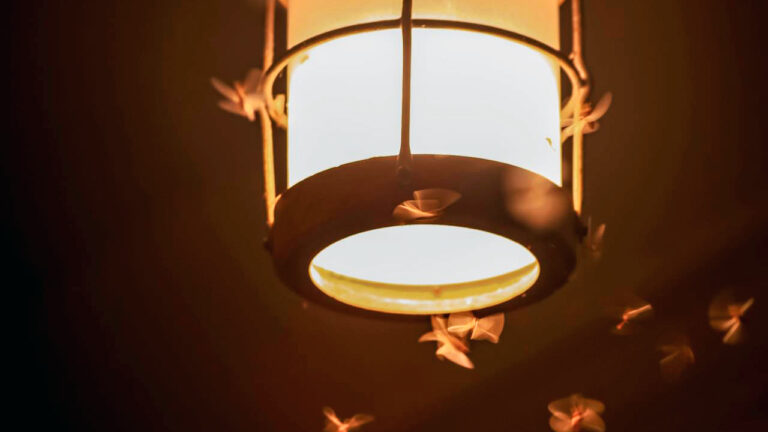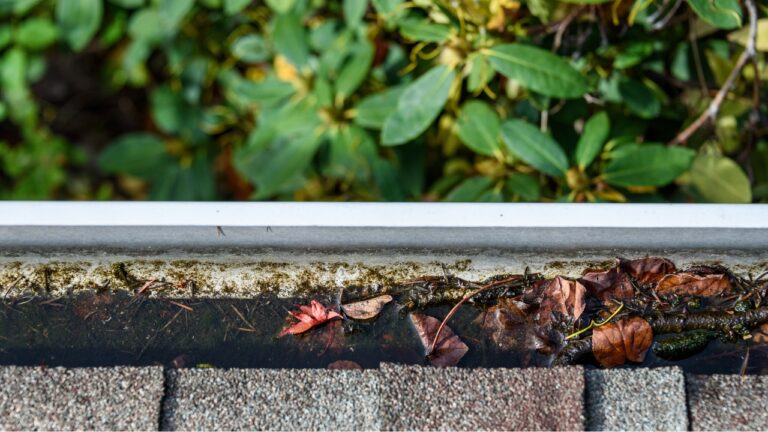What I’d upgrade first if I moved to land again with $300
When you move onto land, it doesn’t take long to see where the money disappears—driveway rock, hoses, water fittings, gate repairs. But if I only had $300 to spend starting fresh again, I’d focus on the things that make daily life smoother, safer, and less frustrating.
These aren’t luxury upgrades; they’re the kind of improvements that stretch your time, protect your setup, and pay for themselves in sanity before you ever see a return in dollars.
gravel for the driveway entrance
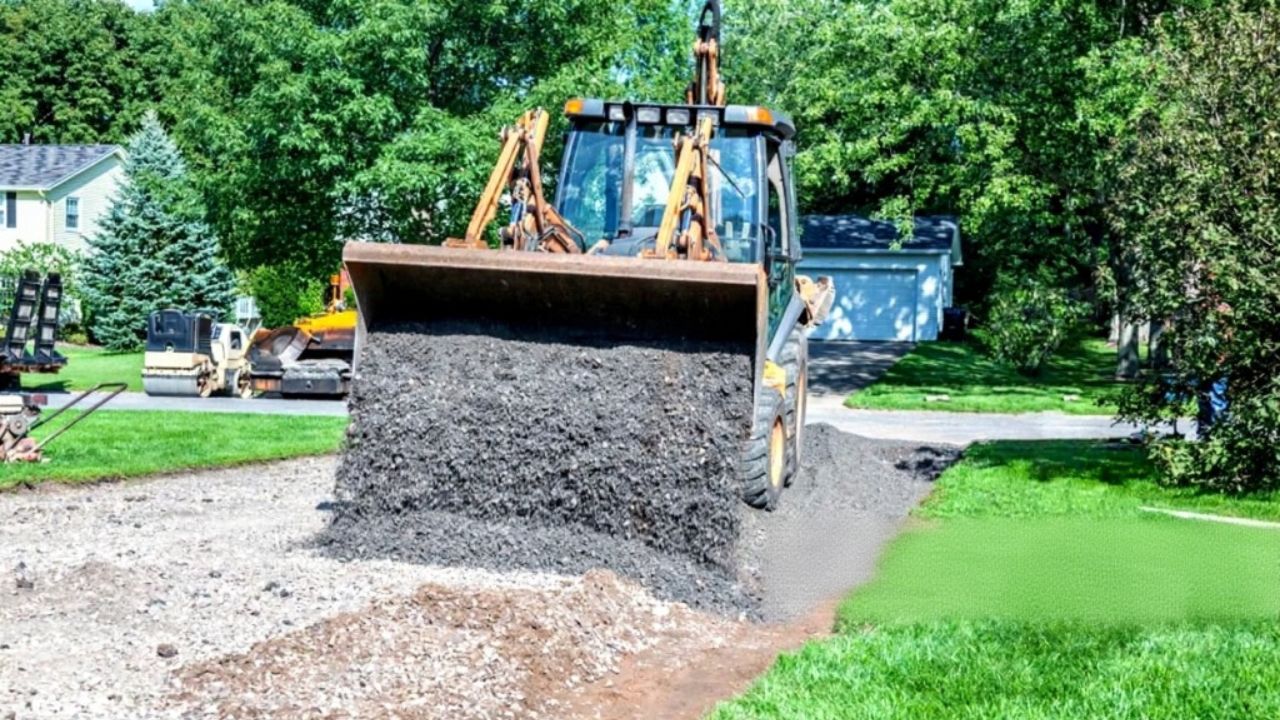
The first few feet of your driveway take the most beating, especially if it’s clay or dirt. A few loads of gravel—$100 to $150 depending on your area—will save you from deep ruts and muddy messes every time it rains.
Laying gravel at the entrance also protects the rest of your driveway from erosion. It gives delivery trucks, guests, and even you a stable spot to pull in without tearing everything up.
quality hoses and brass fittings
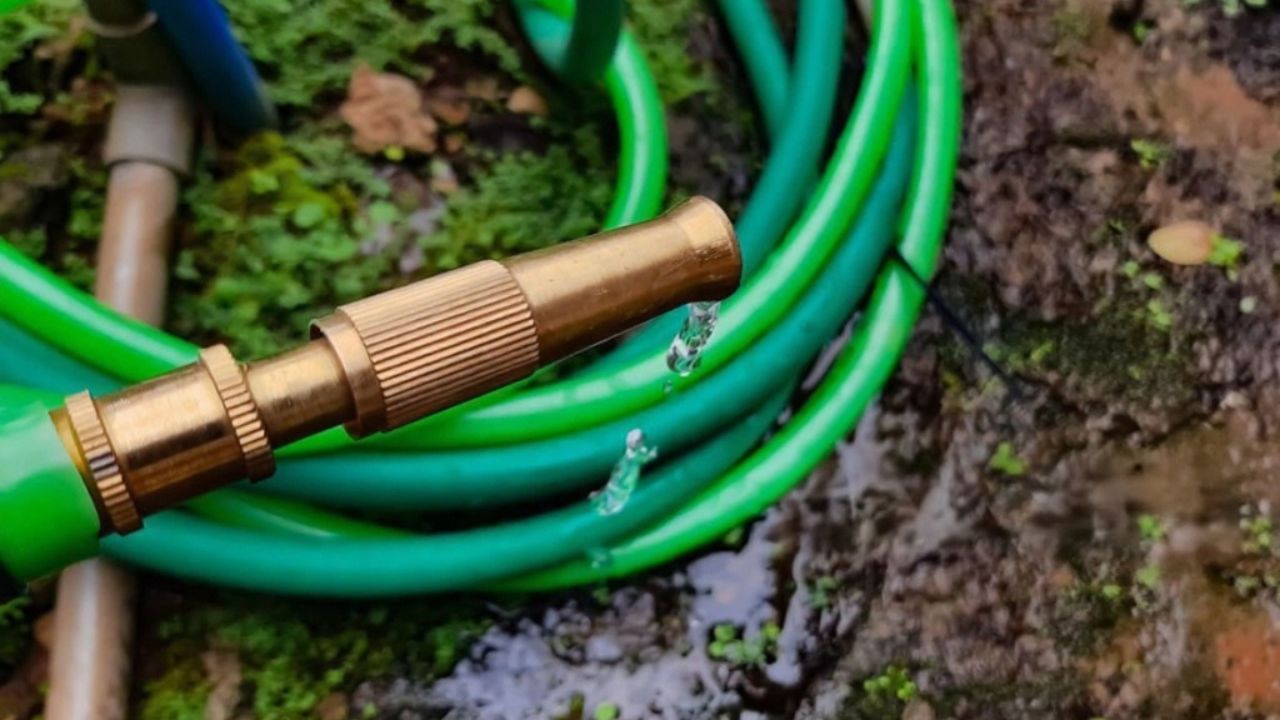
Cheap hoses are one of the biggest land-living headaches. They kink, crack, and leak in no time. Spending $60 to $100 on a heavy-duty hose and brass fittings saves water, frustration, and replacements down the road.
If you’re hauling water for animals or gardens, the right setup matters. Brass fittings don’t corrode like aluminum ones, and a durable hose can handle rough terrain without splitting halfway through a chore.
frost-proof hydrant

If you’ve got outdoor water lines, a frost-proof hydrant is a smart early investment. They start around $70 and prevent frozen pipes that can burst and flood your setup in winter.
Once installed, you’ll have reliable water year-round, and you won’t waste time thawing hoses or hauling buckets in freezing weather. It’s one of those upgrades you’ll be grateful for every single cold morning.
solar motion lights

Good lighting makes every rural property safer. A set of solar-powered motion lights can cost under $50, and they’ll light up your driveway, sheds, or gates without wiring or added electricity costs.
They help you spot animals—or people—at night, and they make evening chores a lot easier. They also discourage unwanted visitors, which is never a bad thing out in the country.
weatherproof extension cords
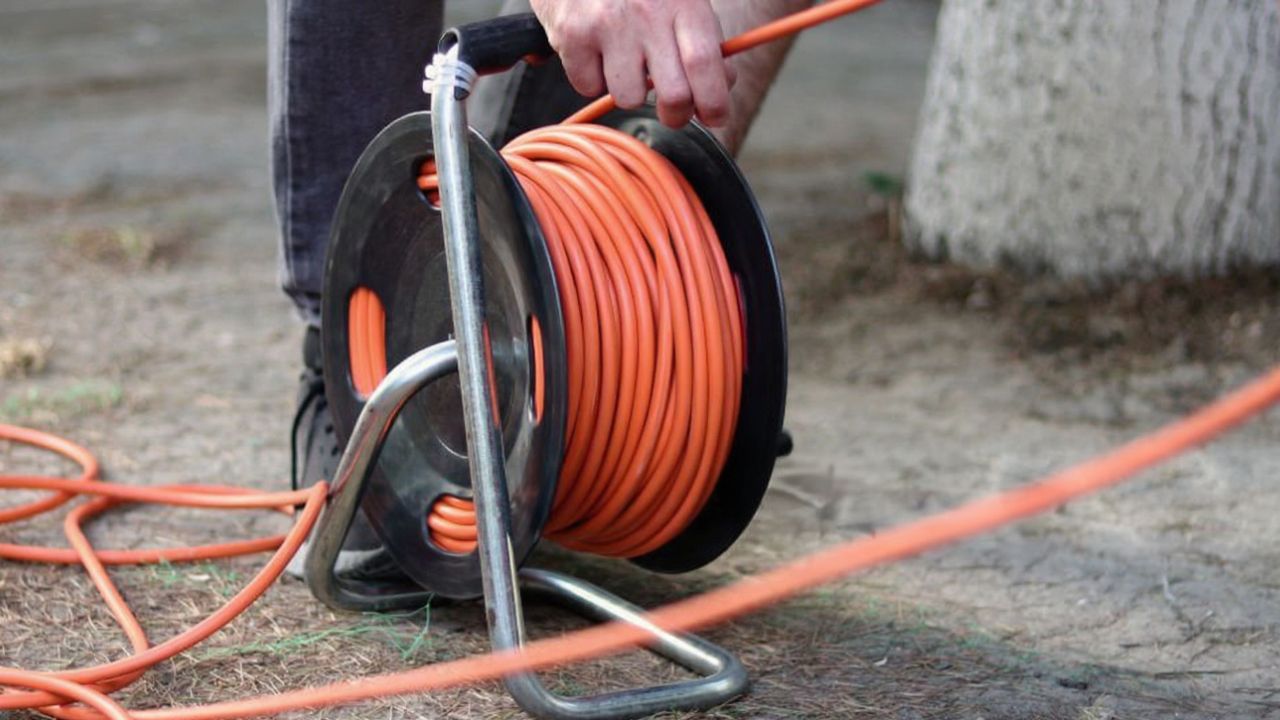
Once you start running heaters, pumps, or power tools, outdoor-rated cords are non-negotiable. Spending $30–$40 on a heavy-duty, weatherproof cord prevents shorting, wasted power, and fire risks.
They last years longer than cheap ones and handle more load safely. You’ll use them for everything—trough heaters, lights, tools, even power to the coop or barn.
decent gate hardware
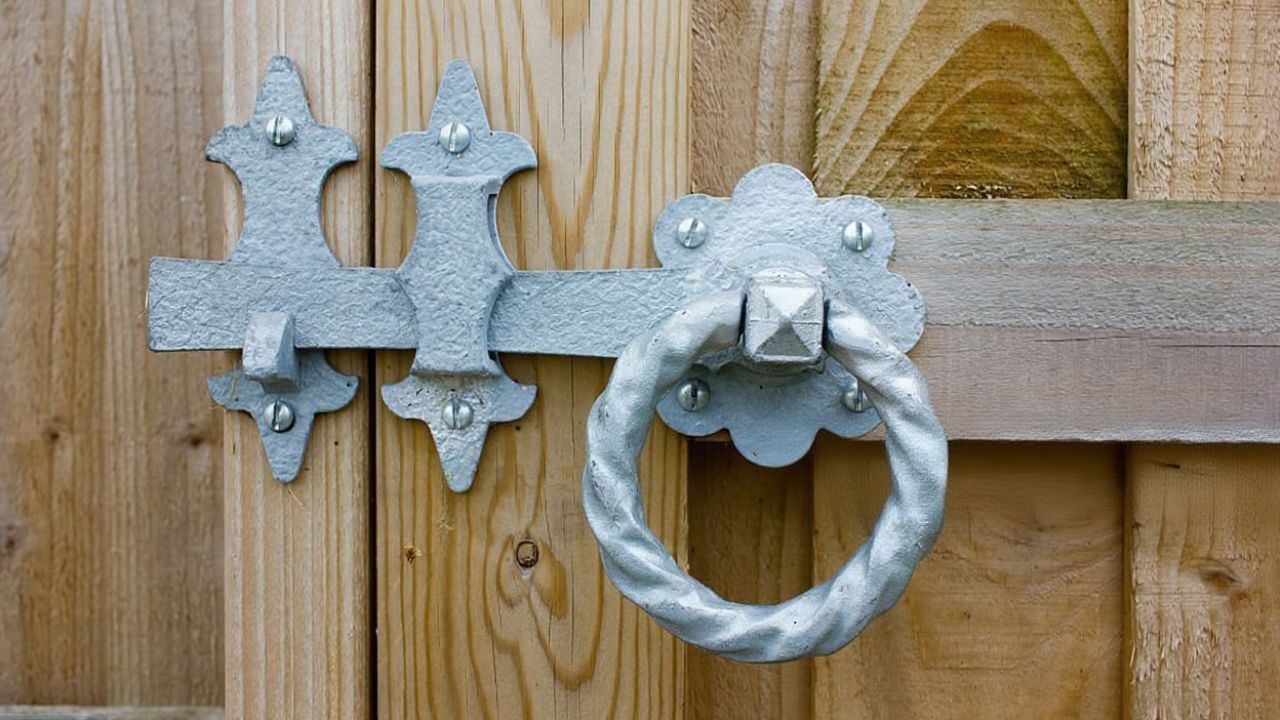
You can have the best fence in the world, but if your gate hardware fails, it doesn’t matter. Swapping out flimsy latches and hinges for galvanized or heavy-duty ones costs less than $50 and saves endless repairs.
Good hardware also keeps livestock where they belong and saves you from chasing them across the property when the wind snaps a weak latch. It’s one upgrade that’s both security and sanity combined.
rainwater barrel setup
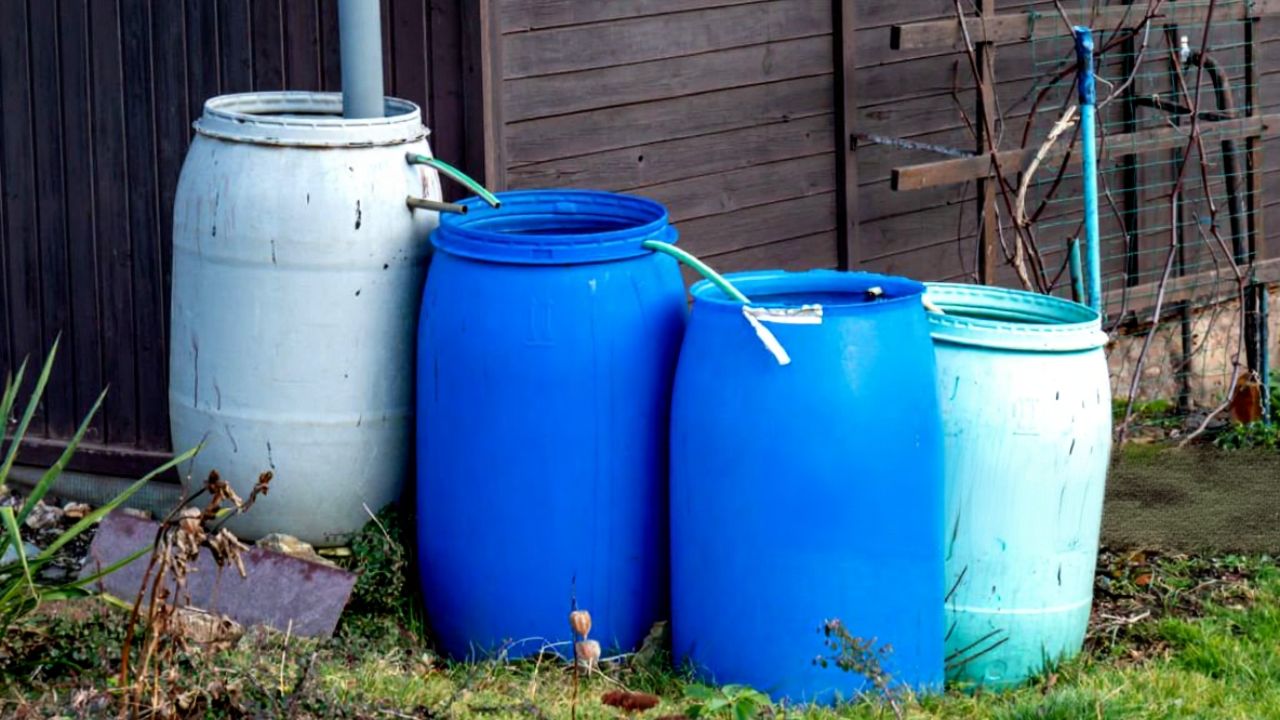
Collecting rainwater saves your well and gives you a backup source for gardens or livestock. You can set up a small system for $100–$150 with a barrel, spigot, and basic gutter diverter.
It’s an easy weekend project and pays back fast, especially during dry spells. Plus, it reduces erosion and runoff around the house by redirecting water to where you actually need it.
insulated spigot covers

Frozen spigots are a classic rookie mistake. For under $20 total, you can cover all your outdoor faucets with insulated foam covers and prevent burst pipes or cracked fittings.
That tiny cost protects you from hundreds in plumbing repairs. It’s not glamorous, but it’s a small fix that keeps water flowing when temps dip below freezing.
gravel or mats at entryways
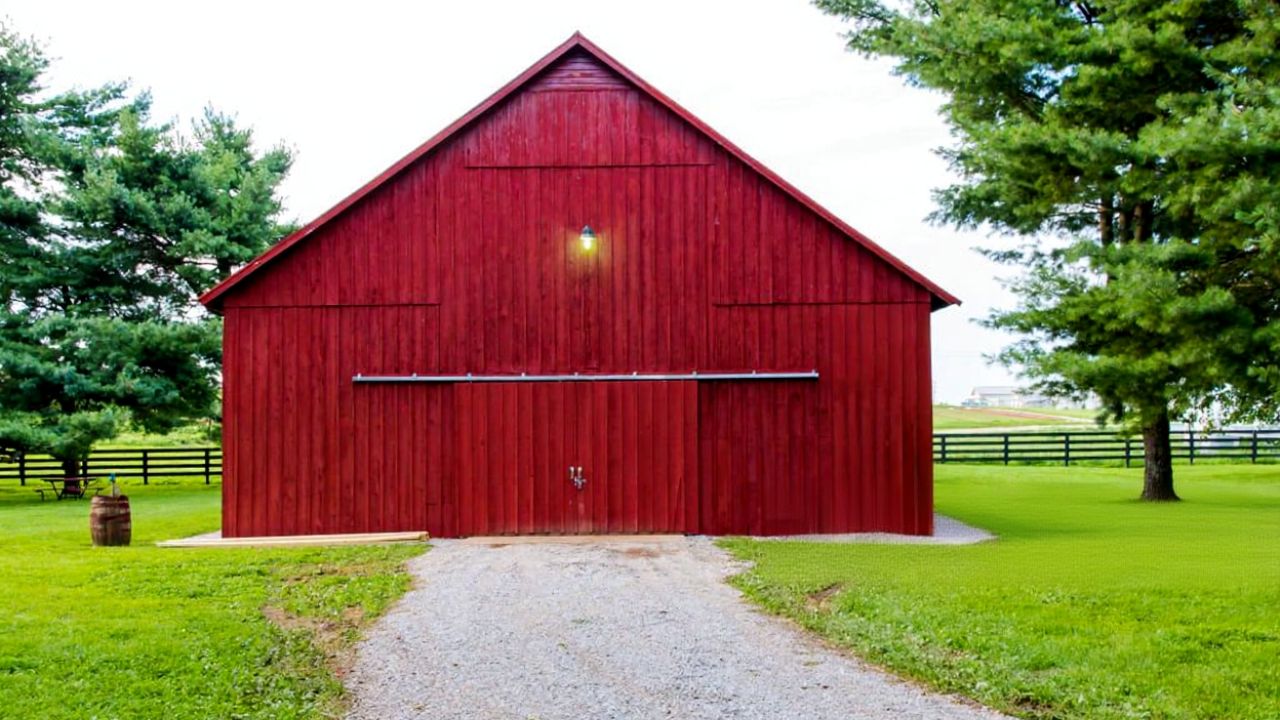
High-traffic areas—barn doors, porches, or sheds—turn into muddy pits fast. A couple of bags of gravel or a few rubber mats can keep mud out of your house and away from your doorways.
It also helps control erosion and makes cleanup easier after rain. You’ll thank yourself for fixing it early instead of tracking mud across the whole house.
backup battery pack
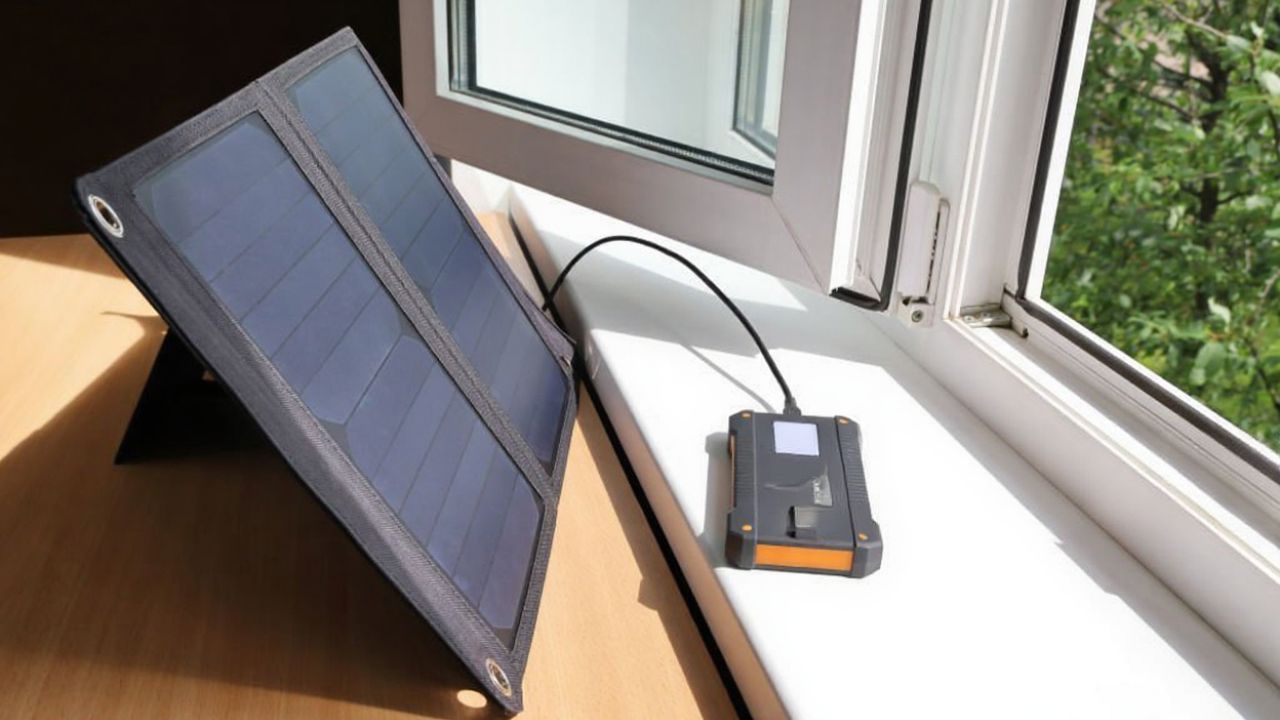
When storms hit and power flickers, having a portable battery pack for phones, flashlights, or small tools is worth every penny. You can find good ones under $50 that recharge with solar or standard outlets.
They give peace of mind when you’re off-grid or waiting on the power company to catch up. It’s not fancy—but when you need it, it’s one of the best $50 you’ll ever spend.
*This article was developed with AI-powered tools and has been carefully reviewed by our editors.



